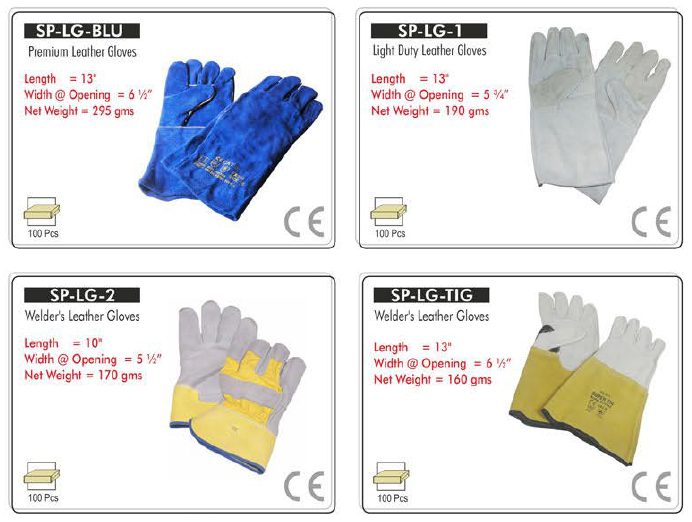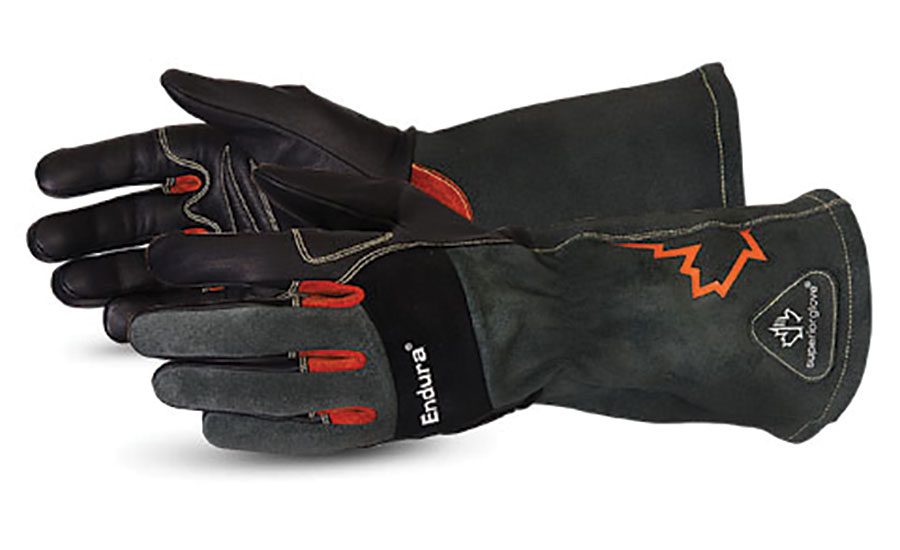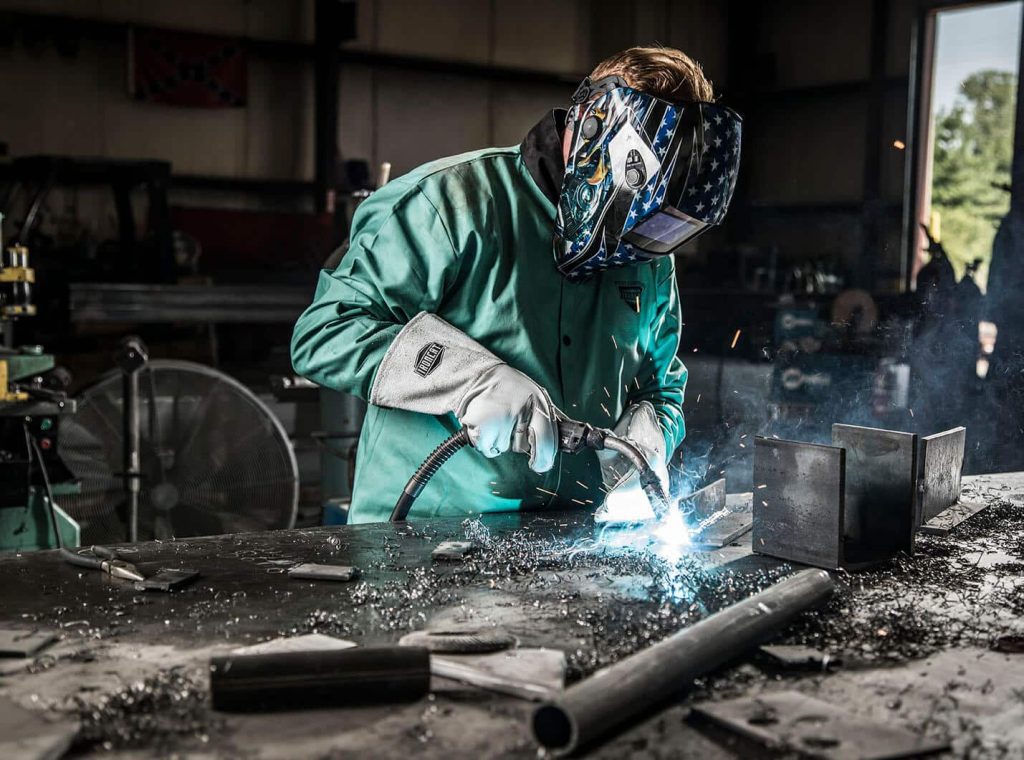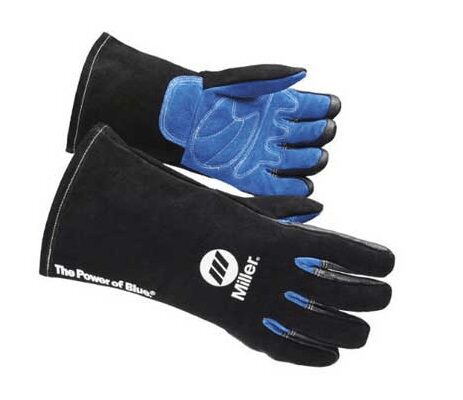Let’s face it, welding is not for the faint-hearted. It requires precision, skill, and most importantly, safety precautions. One of the essential safety gears to invest in is a good pair of welding gloves. These gloves serve as a protective shield for our hands, shielding them from the intense heat, sparks, and potential burns that come with welding. In this article, we’ll explore the reasons why wearing welding gloves is crucial and why they should never be overlooked.
This image is property of www.ishn.com.
Safety Precautions in Welding
Importance of Welding Gloves
When it comes to welding, safety should always be a top priority. One of the most crucial safety precautions in welding is wearing proper protective equipment, particularly welding gloves. Welding gloves are specifically designed to provide the necessary protection for our hands while we engage in welding operations.
Potential Hazards in Welding
Welding poses various hazards that can cause injuries if proper precautions are not taken. It is important to be aware of these potential hazards in order to understand the significance of wearing welding gloves. Some common hazards in welding include:
Protecting Hands from Burns
Burns are one of the most common injuries in welding. The intense heat produced during the welding process can cause severe burns if our hands are not adequately protected. Welding gloves play a crucial role in shielding our hands from direct exposure to high temperatures, sparks, and molten metal.
Shielding from Electric Shocks
Electric shocks are another significant risk in welding. In certain situations, such as when working with electric welding equipment, there is a potential for electric shock. Welding gloves are designed with insulating materials to protect us from these electric shocks and ensure our safety.
Mechanical Hazards
Sharp Edges and Objects
Apart from heat and electric shock, welders also face the risk of mechanical hazards. Sharp edges, rough surfaces, and objects can cause cuts, abrasions, or punctures to our hands. Welding gloves provide an essential barrier against these kinds of mechanical hazards.
Falling Debris
During welding operations, there is a potential for debris, metal fragments, and sparks to fall onto our hands. These falling objects can cause injury and damage to our skin. Welding gloves act as a protective shield, preventing debris from injuring our hands.
Crushing or Pinching
Working with heavy machinery and equipment in welding increases the risk of crushing or pinching injuries. In such situations, wearing welding gloves with sturdy materials and reinforced palms can help minimize the impact and prevent serious injuries.
This image is property of waterwelders.com.
Thermal Hazards
Extreme Heat
One of the primary thermal hazards in welding is extreme heat. The intense temperatures involved in welding can cause severe burns if our hands are not adequately protected. Welding gloves made from heat-resistant materials act as a barrier against the extreme heat and safeguard our hands.
UV Radiation
Another thermal hazard in welding is the exposure to ultraviolet (UV) radiation. While welding, UV radiation is emitted, which can cause skin burns and long-term health issues, such as skin cancer. Proper welding gloves with extended cuffs provide additional protection against UV radiation, reducing the risk of harmful effects.
Chemical Hazards
Direct Contact with Harmful Substances
Welding involves the use of various chemicals and substances, such as solvents, fluxes, and cleaning agents. Direct contact with these harmful substances can lead to skin irritation, chemical burns, or even long-term health problems. Welding gloves act as a barrier, protecting our hands from direct contact with these substances.
Protection from Chemical Burns
Chemical burns are a serious concern in welding, as certain chemicals used in the process can cause severe burns to our skin. Welding gloves made from chemical-resistant materials provide an extra layer of protection, reducing the risk of chemical burns and ensuring our safety.
This image is property of www.safeopedia.com.
Types of Welding Gloves
Leather Welding Gloves
Leather welding gloves are the most common type of gloves used in welding. They are known for their durability, heat resistance, and good dexterity, making them suitable for various welding processes. Leather gloves offer excellent protection against heat, sparks, and splatter, making them a reliable choice for welders.
Heat-Resistant/Insulated Gloves
For welding operations that involve extremely high temperatures, such as working with molten metal or in foundries, heat-resistant or insulated gloves are essential. These gloves are specifically designed to withstand high heat levels, providing maximum protection and minimizing the risk of burns.
Aluminized Gloves for High Temperatures
Aluminized gloves are specifically designed for working in extreme heat conditions. They have a reflective outer surface made of aluminum, which helps to reflect radiant heat away from our hands. These gloves are ideal for tasks where there is a high risk of exposure to radiant heat or intense flames.
Cut-Resistant Gloves for Extra Protection
Certain welding tasks involve working with sharp tools or materials that can pose a risk of cuts or lacerations. Cut-resistant gloves are engineered with materials such as Kevlar or steel mesh to provide additional protection against cuts and punctures. These gloves are a wise choice for welders working with sharp edges or machinery.
Disposable Gloves for Light Welding
For light welding tasks or when handling chemicals, disposable gloves can be convenient. These gloves are typically made of nitrile or latex material and provide a barrier against chemicals and dirt. However, it is important to note that disposable gloves may not offer sufficient protection for intensive welding operations.
Features of Welding Gloves
Heat Resistance
One of the crucial features of welding gloves is heat resistance. Welding gloves should be able to withstand high temperatures without melting or deteriorating, ensuring protection against heat and flames.
Durability
In a demanding and hazardous environment like welding, durability is vital. Welding gloves should be made from strong and durable materials that can withstand rough handling, sparks, and daily wear and tear.
Dexterity
While providing protection, welding gloves should also allow for dexterity and flexibility. Good dexterity ensures that we can manipulate tools and materials effectively, enhancing our work efficiency during welding operations.
Comfort and Fit
Comfort is essential when wearing welding gloves for prolonged periods. Gloves should fit properly and have ergonomic designs to offer comfort and reduce fatigue during extended welding sessions.
Reinforced Palm and Fingers
The palm and fingers of welding gloves often face the highest level of stress and potential hazards. Reinforced palm and finger areas provide additional protection, reducing the risk of cuts, abrasions, and punctures.
Extended Cuff
An extended cuff on welding gloves is beneficial as it provides additional coverage to protect our wrists and lower forearms. This feature also helps to prevent debris and sparks from entering the gloves.
Ability to Resist Sparks and Splatter
Welding generates sparks and splatter that can cause burns if they come into contact with our hands. Welding gloves should have the ability to resist sparks and splatter, preventing any potential injuries.
This image is property of www.austgen.com.au.
Choosing the Right Welding Gloves
Identifying the Welding Process
Before selecting welding gloves, it is important to identify the specific welding process involved. Different welding processes may have varying hazards and temperature ranges, requiring gloves with specific features and materials.
Understanding the Hazards
Understanding the potential hazards in welding operations is crucial for selecting the appropriate gloves. Identifying the risks of heat, electric shocks, mechanical hazards, and chemical exposure will help determine the necessary level of protection required.
Assessing the Level of Protection Required
Based on the identified hazards, it is essential to assess the level of protection required for the specific welding task. High-temperature operations may require heat-resistant gloves, while tasks involving chemicals may call for gloves with chemical-resistant properties.
Considering Comfort and Dexterity
Finding a balance between protection and comfort is essential when choosing welding gloves. Gloves that are too bulky or restrict movement can hinder work efficiency. Look for gloves that offer adequate protection while allowing for dexterity and comfort.
Evaluating the Glove Material
Different glove materials offer varying levels of protection and durability. Assess the pros and cons of materials such as leather, heat-resistant fibers, aluminized fabric, or cut-resistant materials, and choose the most suitable option for the intended welding tasks.
Proper Sizing and Fit
Proper sizing and fit contribute to comfort and overall safety. Ill-fitting gloves can reduce dexterity and be uncomfortable to wear. Take accurate measurements of hand size and refer to manufacturer sizing charts to ensure the best fit.
Proper Use and Maintenance
Always Wear Gloves During Welding Operations
It is crucial to always wear welding gloves when engaging in welding operations. Even a minor mishap can result in serious injuries. Properly fitting and appropriate gloves should be worn consistently to protect our hands from hazards.
Protective Clothing and Accessories
Apart from welding gloves, it is important to wear suitable protective clothing and accessories. This includes wearing flame-resistant clothing, safety glasses or goggles, a helmet with a face shield, and appropriate footwear to ensure overall safety.
Inspecting Gloves for Damage
Before each use, inspect welding gloves for any signs of damage or wear. Look for holes, tears, or weakened areas that may compromise the gloves’ protective capabilities. Damaged gloves should be replaced immediately.
Cleaning and Storage
Proper care and maintenance of welding gloves are vital to prolong their lifespan and ensure optimal performance. Clean gloves regularly according to the manufacturer’s instructions and store them in a clean and dry place when not in use.
This image is property of www.weldingaccessoriesindia.com.
Common Myths about Welding Gloves
Welding Gloves Are Unnecessary
One common myth is that welding gloves are unnecessary and that bare hands can provide adequate protection. This is far from true. Welding gloves offer essential protection against heat, electric shocks, sharp edges, and chemical exposure, reducing the risk of serious injuries.
All Welding Gloves Provide the Same Protection
Another misconception is that all welding gloves provide the same level of protection. In reality, different gloves are designed for specific hazards and welding processes. It is crucial to choose gloves that offer the required level of protection for the intended welding tasks.
One-Size-Fits-All Approach
Many believe that welding gloves follow a one-size-fits-all approach. However, proper sizing and fit are key to ensure comfort, dexterity, and overall safety. Gloves that do not fit properly can compromise protection and hinder work efficiency.
Importance of Proper Hand Protection
Preventing Occupational Injuries
Wearing appropriate welding gloves significantly reduces the risk of occupational injuries. By protecting our hands from burns, electric shocks, cuts, and chemical exposure, we can prevent serious injuries that may impact our ability to work and overall quality of life.
Avoiding Pain and Discomfort
Welding without proper hand protection can result in pain, discomfort, and even long-term health issues. Burns, cuts, and exposure to chemicals can cause significant pain, discomfort, and in some cases, permanent damage. By wearing welding gloves, we can avoid unnecessary pain and discomfort.
Enhancing Work Efficiency and Productivity
Proper hand protection with welding gloves not only ensures our safety but also enhances work efficiency and productivity. When we feel safe and comfortable, we can focus on the task at hand, improving our ability to work efficiently and complete welding operations with ease.
In conclusion, welding gloves are an essential piece of protective equipment that should not be overlooked in welding operations. They provide crucial protection against burns, electric shocks, cuts, chemicals, and other potential hazards. By understanding the hazards involved, evaluating the appropriate level of protection required, and selecting the right gloves, we can ensure our safety and enhance our welding experience. Remember, safety always comes first, and wearing welding gloves is a simple yet effective step towards a safe and successful welding journey.











































